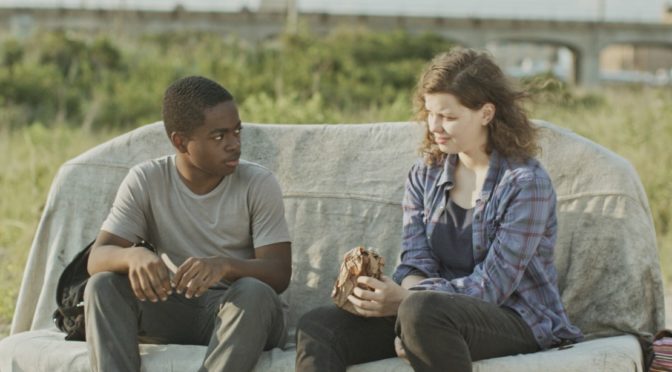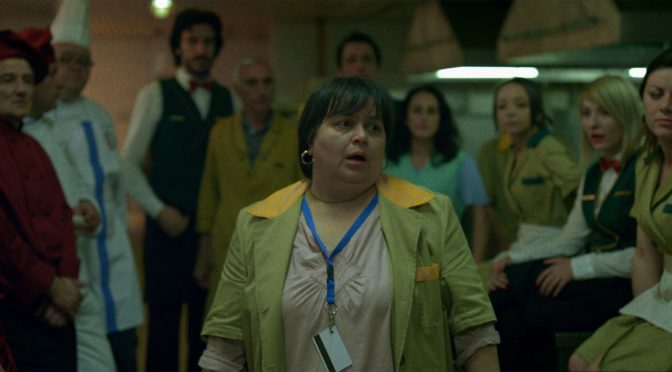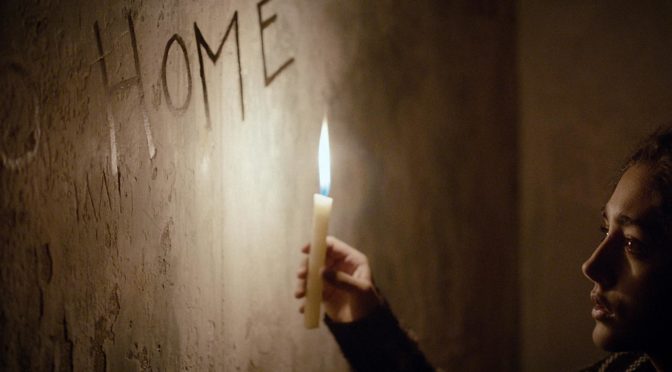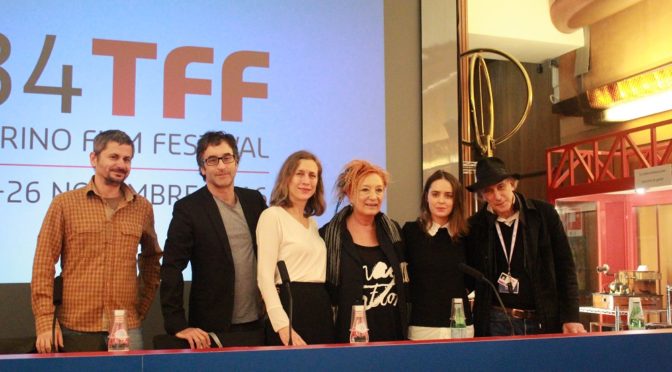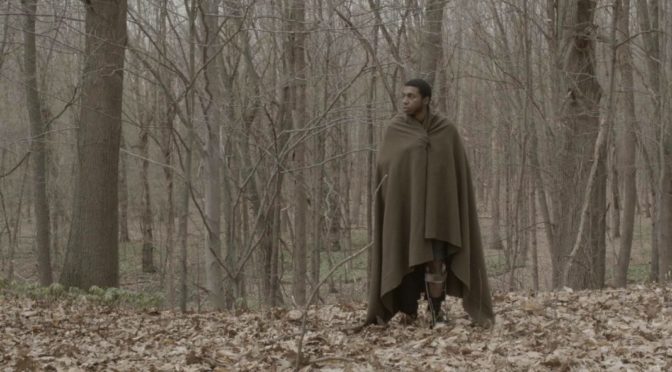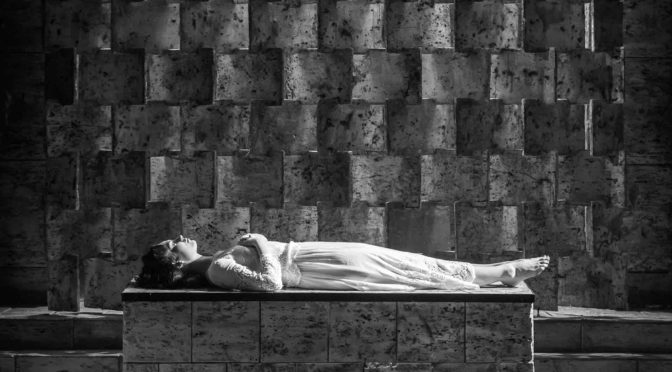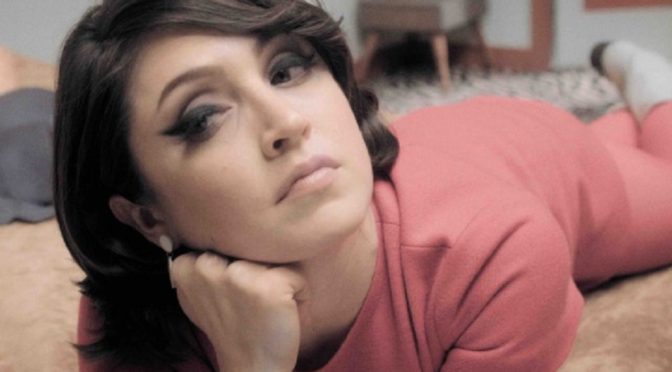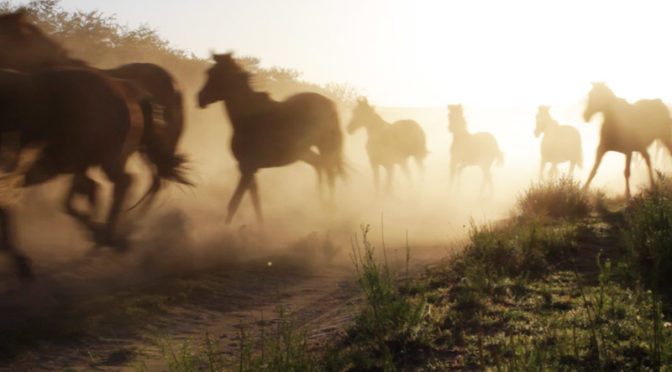Versione inglese a cura del Master in Traduzione per il Cinema, la Televisione e l’Editoria Multimediale
Article by: Mattia Capone
Translation by: Elisa Grattarola, Elena Salama
“I wanted to be a musician but since I wasn’t fast enough as a guitarist, I dedicated myself to the cinema”. Clever as always, Gabriele Salvatores introduces himself with these words at the event held on Monday 21st of November, entitled A talk about cinema and music.
In the suggestive location of the Intesa Sanpaolo Skycraper’s auditorium, we attend a very interesting conversation between the guest director of this TFF’s edition and Alberto Barbera, director of the Cinema National Museum. The meeting unravels as a chat between friends who love cinema, and this set up is widely appreciated by the audience in the room.
Continua la lettura di Gabriele Salvatores – A talk about cinema and music



